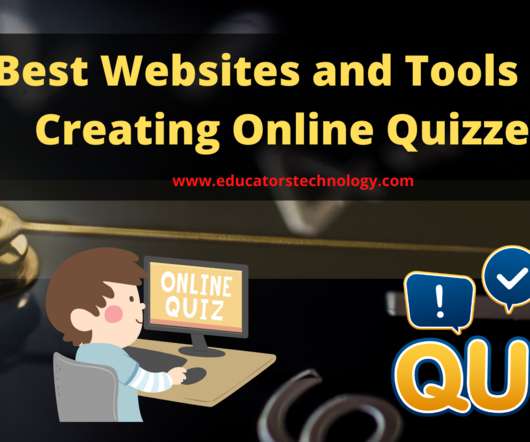4 Models of blended learning to implement in the classroom
Neo LMS
FEBRUARY 6, 2018
We can all agree that the phrase “blended learning” is well and truly a part of the modern-day discourse on education; so much so that academics have begun to curate a universal definition, as well as identify sub-themes and genres of the concept. In 2012 Heather Staker and Michael B. 4 Models of blended learning.















Let's personalize your content